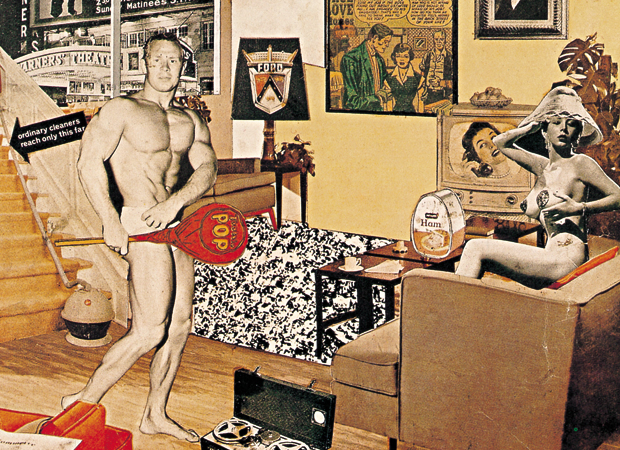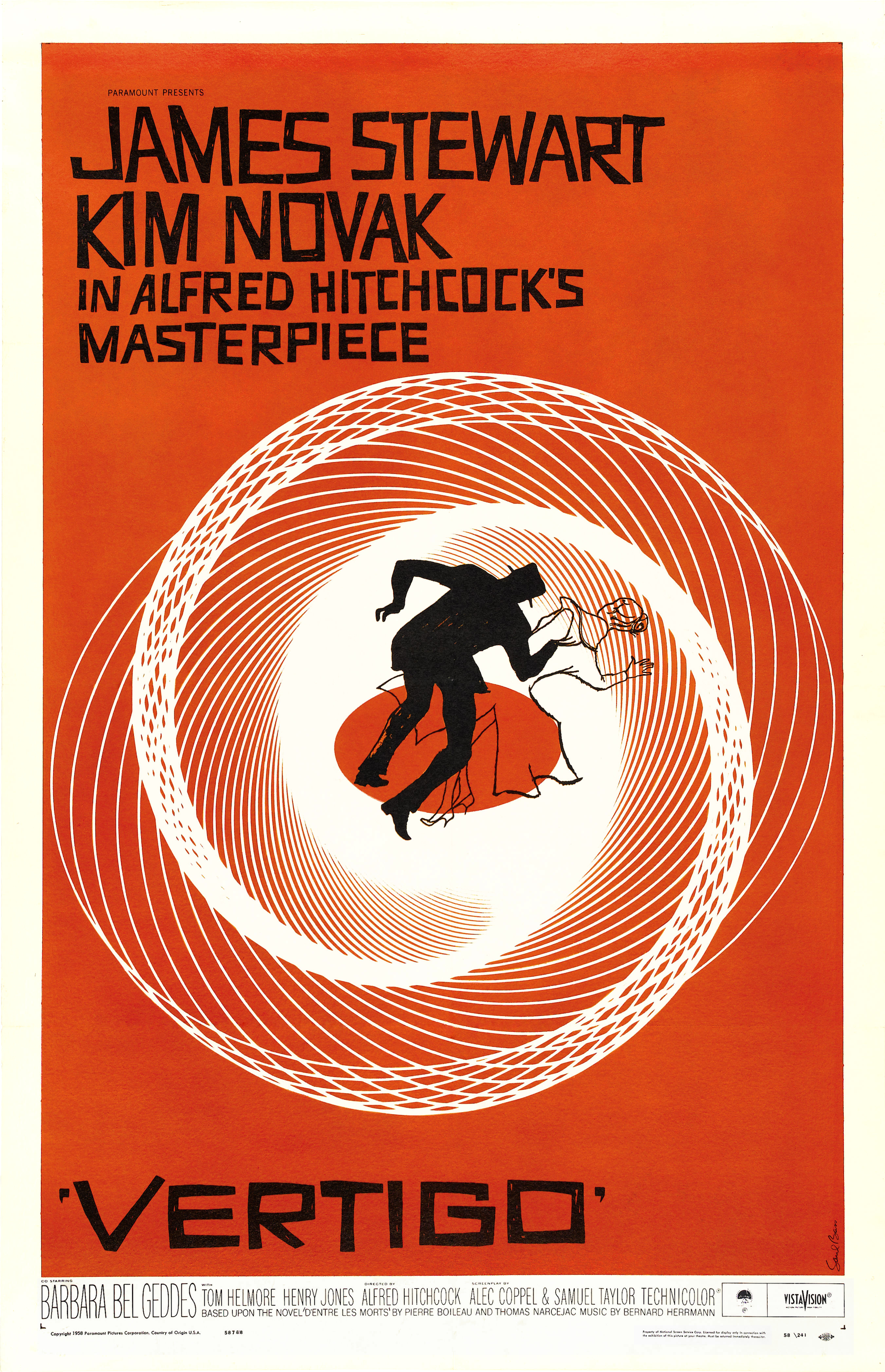Pop Art
Milton Glaser, one of the foremost of the Pop Art graphic
designers made use of posters such as civil rights, womens’ movement.
Environmentalism, and from these he produced funny and eclectic designs.
I heart NY, 1970
Seymour Schwast, another graphic designer of the Pop Art
movement, was a co – founder of the push pin studio. This was a studio for
graphic designer, founded by Milton Glaser, Reynold Ruffins, Edward Sorel and
Seymour Schwast.
The images he produced were influenced mostly by primitive
imagery.
End Bad Breath
His designs were also very playful and he offered an
alternative to the swiss design which was very convenient at the time because
the masses were getting bored of the same old boring rigid typefaces and
layouts. In addition to moving away from the same old boring style, Schwast
introduced illustration into his work also. He loved and appreciated the past
and included many Victorian figurines and letter forms into his design. He also
combined a lot of text and image to resemble German expressionists woodcut with
primitive art colouring. Although I have mentioned that he copied the past, he
did not copy it. He rather looked to the past and had a certain style of ‘adapt
and adopt’.
Alphabet designs
Dante’s Divine comedy
Another great Pop Art Graphic Designer was Shigeo
Fukuda. He created posters with the
barest minimum of components, with simplicity like that of logos, often
satirical and always well and perfectly designed. Needless to say this is my
favourite artist from this era. His work experiments with negative space and
perspective, and inducing visual and geometric interplay between elements on
the poster, often muddling the viewer with the induced depth and irregular
visual planes. His trademark design evolved from Swiss graphic design and he
also kept very true to Japanese prints and style. He used a very limited colour
palette and obvious lines to create illusions. He passed away in 2009. He is
described as “Japan’s
consummate visual communicator.”
Although with all this happening in the United States and
the majority of Pop Artists evolving there, we assume that it originated there,
it actually originated in Great Britian, with the artwork; Just what it is that
makes today’s homes so different so appealing.
With Pop Art there was a feeling of excess, of consumption
and indulgence, and also of advertising sex. Pop artists took the idea that Art
can be made from (as described by Marcel Duchamp) ready mades and continued to
build upon it. Leading Pop artists who used this method were Andy Warhol and
Richard Hamilton. Pop Art was also centered around the conceptual, the idea
having more actual meaning than the artwork itself.
http://degreeconcertina.tumblr.com/

























